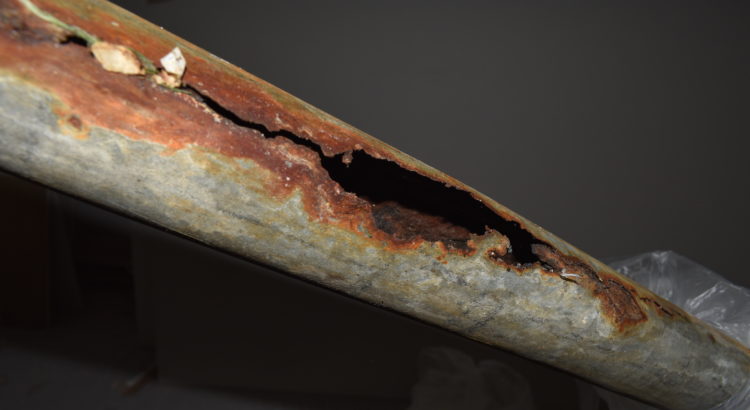There has been a lot of information issued by the Centers for Disease Control and Prevention and the World Health Organization (WHO) about how COVID-19 spreads, with the primary focus on how to change social habits, workplace habits, and overall sanitation practices to flatten the curve and reduce the spread of the virus. However, very little attention has been given to how the virus can spread among people living in a building with potentially defective wastewater plumbing or poor air circulation.
In 2017, the Institute for Sustainable Building Design published a report on the results from an experiment on a full-scale two-story wastewater plumbing test rig in which a model organism represented pathogens flushed into the system. The report showed that the organisms were transmitted between rooms on different floors of a building and were carried within the system airflow. Droplet fallout resulted in the contamination of surfaces within systems and rooms. Because of the interconnectedness of the wastewater plumbing system and possibly high concentrations of infected people, the risk of disease spread is high. More detailed information on the research work performed by Michael Gormley and his research team, at the Institute can be found in their published piece “Covid-19: Mitigating Transmission Via Wastewater Plumbing Systems.”


In an April 9, 2020 Fast Company article, Coronavirus: People in Tall Buildings May be More at Risk, Michael Gormley details a 2003 WHO final report (which was the premise for his own research) on a SARS virus outbreak in a 50-story building in Hong Kong known as Amoy Gardens. There were more than 300 confirmed cases and 42 deaths in the one complex. Their report suggested that defects in the wastewater plumbing were the main cause of the outbreak. Specifically, the U-bends in the sinks and toilets contain water that blocks air borne disease from rising up in the sewer system, however a large number of the U-bends in the bathrooms at Amoy Gardens had been dry.
When people infected with SARS had diarrhea, airborne “virus-laden droplets” could move via the sewer and plumbing network from one residence to another. The airborne transmission route was aided by bathroom extraction fans which drew the contaminated air into the rooms. When U-bends are dry, contaminated air can move freely in and out of the living space. These high-rise buildings are more prone to large pressures surges from overuse when lots of people are staying at home, which can force water out of the U-bends and break their seal. Equally concerning is the presence of cracked vent lines, an age-related plumbing issue seen frequently in high-rise buildings. If the virus is aerosolized, for example by flushing a toilet, these virus contaminated gases can escape from the plumbing into the building. With so many people quarantining at home, the rapid spread of the virus through a defective plumbing system is possible.
COVID-19, like SARS is an acute respiratory virus. And while diarrhea may not be a primary symptom of COVID-19 it is common enough, and we know the virus can spread through the air in tiny droplets. Both the WHO report and the report and research over the last 20 years from the Institute for Sustainable Building Design should give managers, Boards and owners pause about the functionality and safety of their highly interconnected wastewater plumbing systems.
In addition to plumbing systems, it’s imperative to also review and test the health and performance of your heating and ventilation systems. Many high-rise buildings are under ventilated and recirculate too much indoor air. Oftentimes, their old “make-up air” systems are either under-performing or have failed altogether, limiting the addition of fresh air that is mixed into the recirculated air. By bringing more outdoor air in with properly calibrated HVAC systems, the number of airborne contaminants is reduced and air quality levels are maintained. Because buildings recirculate too much air, there is a higher risk of infection during virus outbreaks, because contaminated air in one area is circulated to other parts of the building. In addition to introducing more fresh air, there are options to help such as the use of filters and air scrubbers to help enhance filtration and air purifiers for non-mechanical ventilation systems.
Navigating the new normal for COVID-19 is undoubtedly going to be a process. There is a lot we can learn from previous pandemics and there are steps we can take now to better protect ourselves. One of those is ensuring that your buildings and the systems within those buildings are safe and functioning properly.
If you have any questions, doubts, or fears about your plumbing systems, we are offering free virtual consultations and presentations to you and your team to answer any questions and address concerns about how to make your building safer during COVID-19 and beyond.


